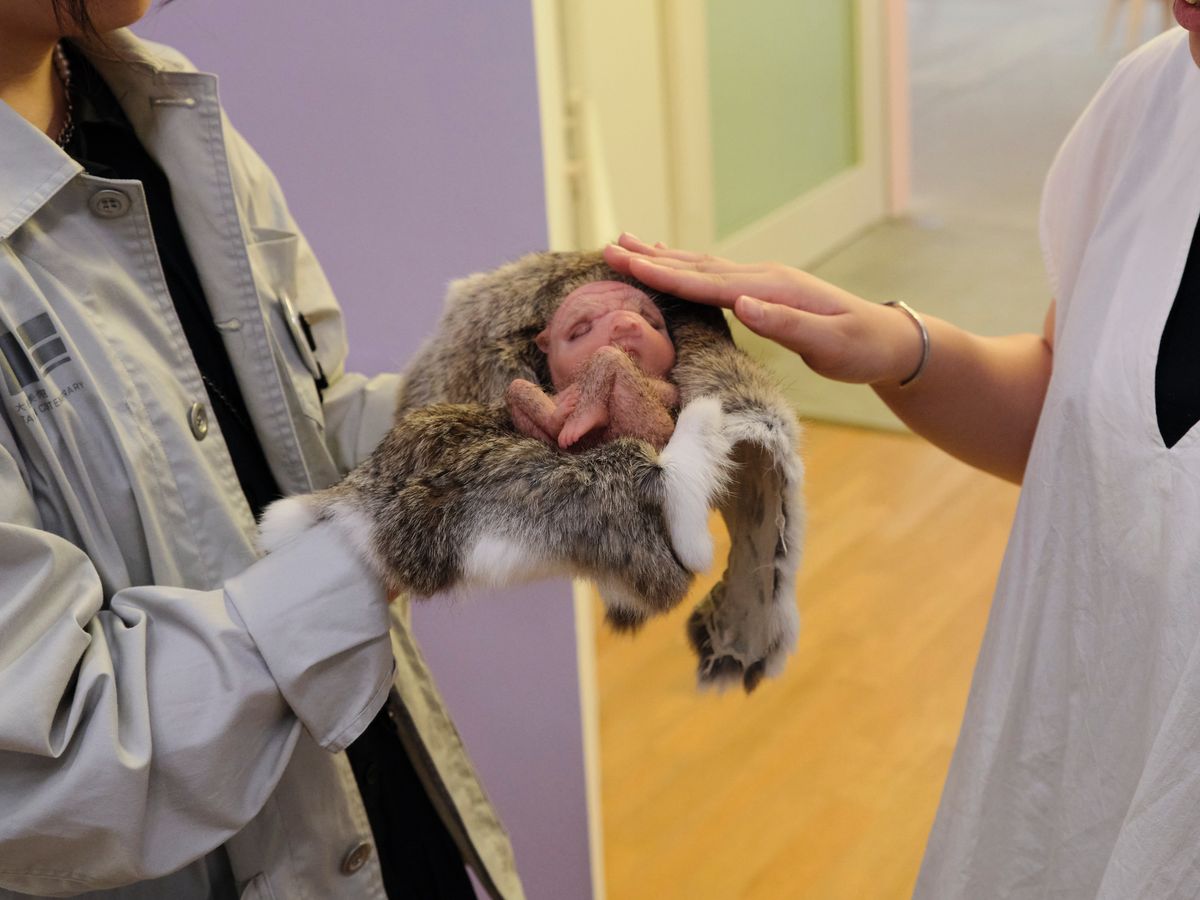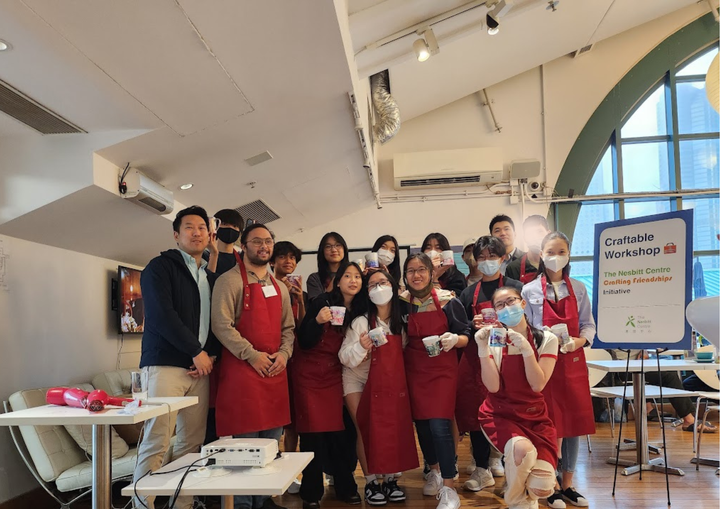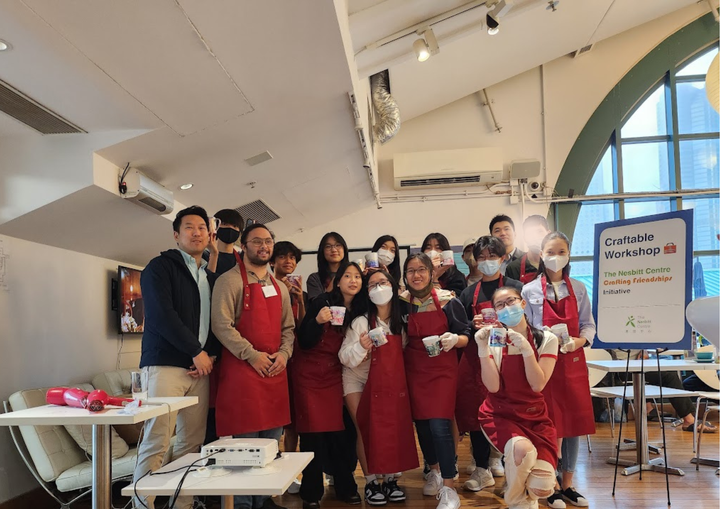Patricia Piccinini’s bizarre Hong Kong art show “Hope”
Patricia Piccinini is a contemporary artist hailing from Australia who has a reputation for exploring some pretty unique concepts.

A few minutes every morning is all you need.
Stay up to date on the world's Headlines and Human Stories. It's fun, it's factual, it's fluff-free.
Patricia Piccinini is a contemporary artist hailing from Australia who has a reputation for exploring some pretty unique concepts. A lot of her work is surreal, using mediums from sculpture to photography to explore themes like technology, culture, relationships and what it means to be human.
“My practice is focused on bodies and relationships; the relationships between people and other creatures, between people and our bodies, between creatures and the environment, between the artificial and the natural,” Piccinini says, describing her work. “I am particularly interested in the way that the everyday realities of the world around us change these relations. ... My work aims to shift the way that people look at the world around them and question their assumptions about the relationships they have with the world.”
Now, Hong Kong’s Tai Kwun Contemporary is putting Piccinini’s work on display for her first solo exhibition there, entitled “Hope.” As expected, it’s pretty weird – maybe even disturbing. Running through September 3, over 50 of her works are on display at the exhibit.
“Hope” is a multi-medium sci-fi show that dives right into the uncanny valley. But what really steals the spotlight are her hyper-realistic surrealist sculptures, which investigate “the unexpected consequences of tampering with nature,” raising questions about the effects of technology and science on humanity. Many of these sculptures show human-esque creatures that aren’t quite human or that also resemble animals.
Piccini has explained that she’s been thinking of these concepts since she was a child, after seeing her mother suffer and eventually lose her battle with liver cancer, wondering about how medical innovations could have changed things. But that also led her to ponder the ethics of that kind of science.
“When we use other non-human animals to make our lives better, what is our duty of care to the creatures that help us?” Piccini questions. “What does it mean to have blended bodies? And how does that change the way we see other animals and understand them? I recognise that there’s a lot of different levels to this area, that it is not black and white. And that is why there is a lot of ambiguity in my work.”
Tobias Berger, who curated the show, said, “Our preconceived notions about biology are challenged by Piccinini's works, which force us to confront the limits of genetic experimentation, technology, the arts, and, of course, humanity itself.”




Comments ()